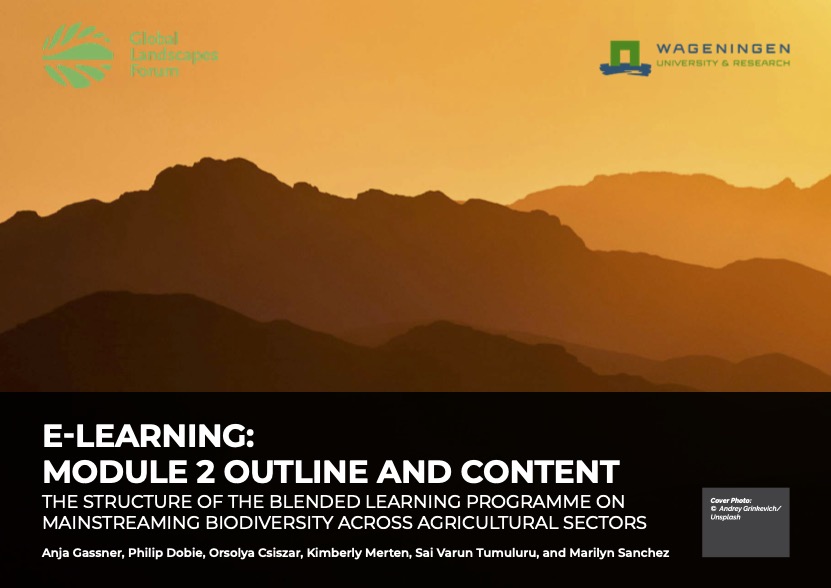Wild animals are a primary source of protein (bushmeat) for people living in or near tropical forests. Ideally, the effect of bushmeat harvests should be monitored closely by making regular estimates of offtake rate and size of stock available for exploitation. However, in practice, this is possible in very few situations because it requires both of these aspects to be readily measurable, and even in the best case, entails very considerable time and effort. As alternative, in this study, we use high-resolution, environmental favorability models for terrestrial mammals (N = 165) in Central Africa to map areas of high species richness (hot spots) and hunting susceptibility. Favorability models distinguish localities with environmental conditions that favor the species' existence from those with detrimental characteristics for its presence. We develop an index for assessing Potential Hunting Sustainability (PHS) of each species based on their ecological characteristics (population density, habitat breadth, rarity and vulnerability), weighted according to restrictive and permissive assumptions of how species' characteristics are combined. Species are classified into five main hunting sustainability classes using fuzzy logic. Using the accumulated favorability values of all species, and their PHS values, we finally identify weak spots, defined as high diversity regions of especial hunting vulnerability for wildlife, as well as strong spots, defined as high diversity areas of high hunting sustainability potential. Our study uses relatively simple models that employ easily obtainable data of a species' ecological characteristics to assess the impacts of hunting in tropical regions. It provides information for management by charting the geography of where species are more or less likely to be at risk of extinction from hunting.
Download:
DOI:
https://doi.org/10.1371/journal.pone.0112367
Pontuação Altmetric:
Dimensões Contagem de citações:

Ano de publicação
2014
Autores
Fa, J.E.; Olivero, J.; Farfán, M.A.; Márquez, A.L.; Vargas, J.M.; Real, R.; Nasi, R.
Idioma
English
Palavras-chave
hunting, biodiversity, protection of forests, food preferences, food availability, harvesting, game meat


















